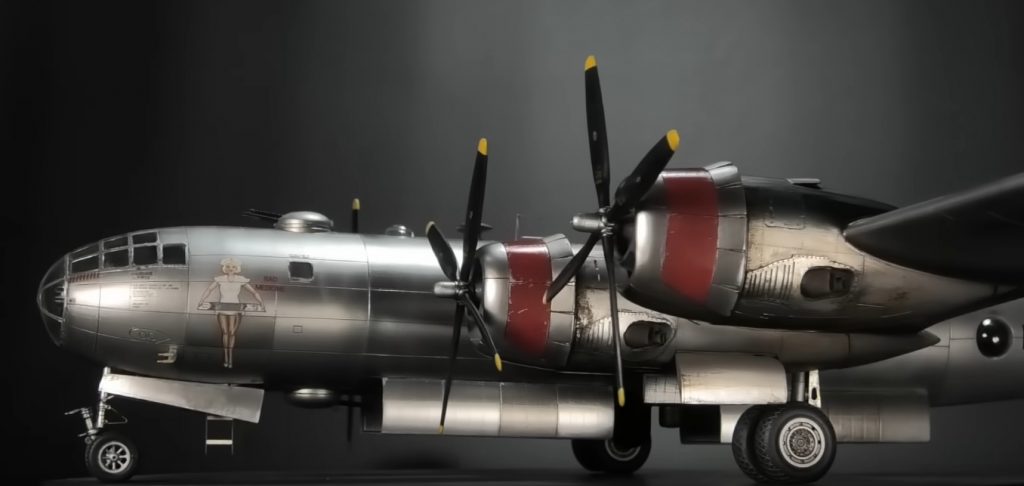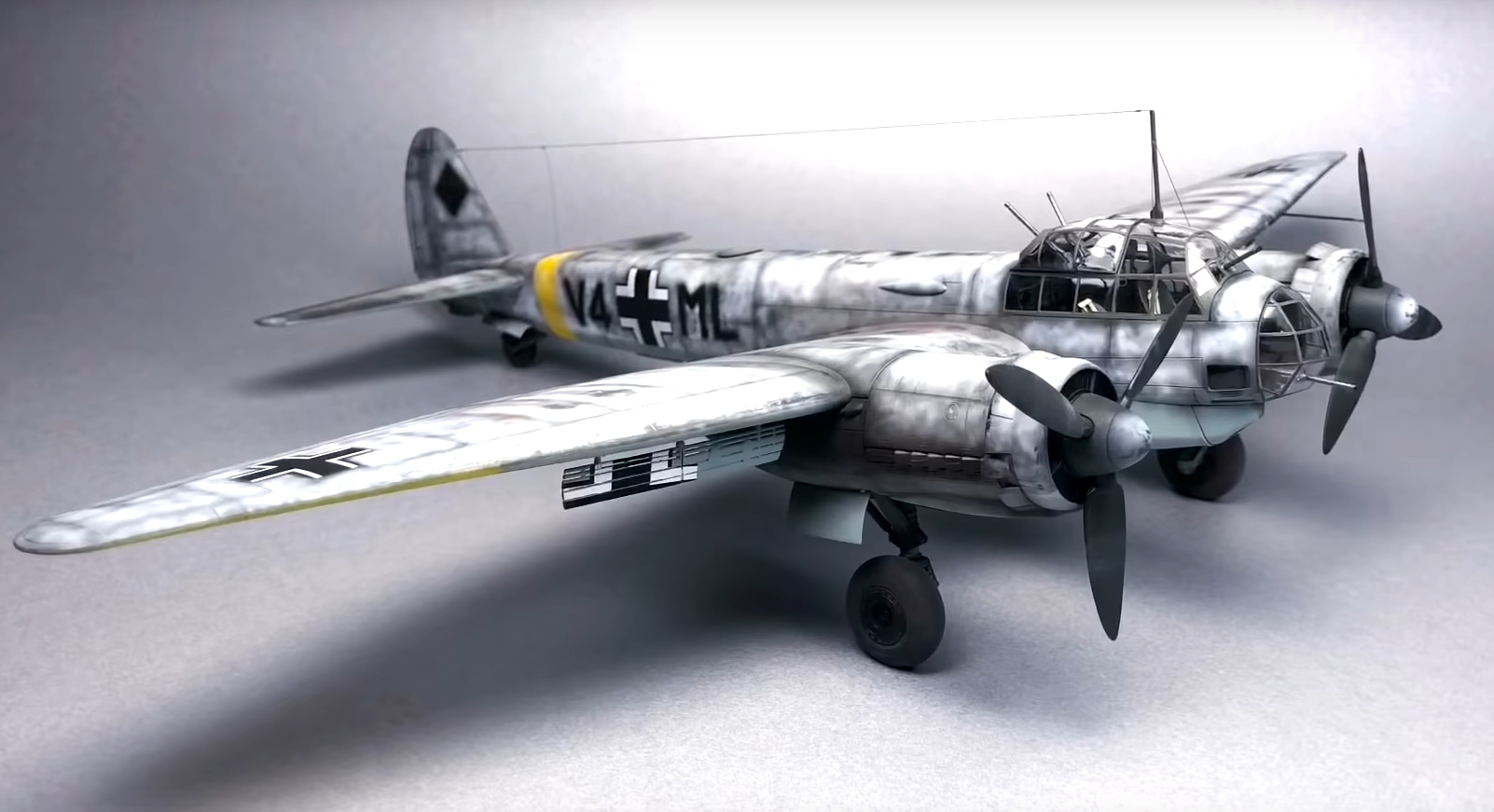I remember the first time I ever made a model airplane. It was so much fun! I really wanted to start, but I had no idea where to start. So I decided to write about my experience and structure the information about building model airplanes.
You will need:
- Hobby Knife: A sharp hobby knife is great for cutting through decals, removing flash from plastic models, and many other uses while building a model plane.
- File: A file is a hand tool used to shape material by cutting away small pieces at a time. It is often used on wood, metal, or plastic.
- Sandpaper Block: A sandpaper block is a small piece of sandpaper glued to a block of wood or other material. It is used to sand down rough surfaces and remove paint from models.
- Tweezers: Tweezers are small surgical instruments used for picking up small objects or holding them in place. They can be very useful when working with small parts on a model plane.
- Scissors (For Trimming Wires): Scissors are a cutting tool used to trim wires, decals, and other small items.
- Pliers (Such as Needle-Nose): Pliers are a hand tool used to grip and twist wires or other small items. They can be very useful when working with small parts on a model plane.
- Wire Cutters/Strippers: A wire cutter is a tool used to cut wires. A wire stripper is a tool used to strip the insulation off of wires. These can be very useful when working with electrical components on a model plane.
- Small Screwdriver Set: A small screwdriver set is a collection of small screwdrivers with different sized heads. They are used to tighten or loosen screws on a model plane.
- Pins for Assembly: Pins are small metal rods used to hold parts together during assembly. They are placed through holes in the parts and then bent over on the other side to keep them in place.
- Assembly Instructions: Most model plane kits will come with detailed instructions on how to assemble the plane. These instructions will usually be in the form of a booklet or online PDF.
- Glue: Glue is used to attach parts together. There are many different types of glue, but the most common type used in model building is cyanoacrylate (CA) glue.
- Paint: Paint is used to give the model plane a finished look. (Paint (Can Be Applied With An Airbrush, Spray Paint, Or A Brush)
- Paint Brushes: Paint brushes are used to apply paint to the model plane.
- Airbrush: An airbrush is a tool used to apply paint to a model plane. It uses compressed air to atomize the paint and create a smooth, even coat.
- Spray Paint: Spray paint is a quick and easy way to apply paint to a model plane. It can be used to cover large areas quickly, but it can also be difficult to control.
- Clear Coat: Clear coat is a clear paint that is applied over the top of the finished model plane. It protects the paint and gives the plane a glossy finish.
Which Plane To Build?

Step 1: Determine The Type Of Plane You Want To Build
The first step in deciding which plane to build is to determine the type of plane you want to build.
There are eight main types of planes:
| Type of Plane | Description |
|---|---|
| Warplanes | Military aircraft designed for combat, often heavily armed and armored with VTOL capability. |
| Commercial Airliners | Passenger aircraft for transporting large numbers of people over long distances, large with a wide fuselage and multiple engines. |
| General Aviation Aircraft | Small, private planes for personal or business use, come in a variety of shapes and sizes, often with only one or two engines. |
| Experimental Aircraft | Planes in the development stage, may be prototypes of new designs or modified versions of existing planes. |
| Training Planes | Aircraft designed for pilot training, typically smaller and simpler making them easier to fly and control. |
| Sport Planes | Aircraft designed for recreational use such as acrobatics and air racing, often lightweight and maneuverable with powerful engines and aerodynamic designs. |
| Regional Airliners | Aircraft designed for shorter flights between smaller cities or regional airports, often smaller with fewer seats and shorter ranges. |
| Transport Planes | Aircraft designed for carrying cargo and heavy loads, often larger with high-capacity cargo holds and powerful engines. |
For a scale modeler, building an experimental aircraft could be of interest because it offers the opportunity to create a unique and one-of-a-kind model.
Sport planes offer the chance to create a highly maneuverable and aerodynamic model, while transport planes provide the opportunity to build a large, heavy-duty model with a high-capacity cargo hold.
Building a warplane or a commercial airliner may offer the challenge of creating a larger, more complex model.
Training planes offer the opportunity to create a smaller, simpler model.
Step 2: Choose The Right Kit
Once you have decided on the type of plane you want to build, the next step is to choose the right kit. There are many different kits available, and it is important to choose one that is appropriate for your skill level. If you are a beginner, it is generally best to choose a simple kit with fewer parts. If you are more experienced, you can choose a more complex kit with more parts.
Step 3: Gather The Tools And Materials You Need
Before you begin building your plane, it is important to gather all of the tools and materials you will need. This includes things like pliers, wire cutters, a small screwdriver set, assembly instructions, glue, paint, and a clear coat.
Step 4: Follow The Assembly Instructions

Once you have all of the tools and materials you need, the next step is to follow the assembly instructions that come with your kit. These instructions will guide you through the process of putting your plane together.
Step 5: Apply The Paint And Clear Coat
After your plane is assembled, the next step is to apply the paint and clear coat. This will give your plane a finished look and protect the paint from damage.
Conclusion
Conclusion paragraph: This blog post is a good place to look if you want some ideas for your next model airplane project. We hope that this list has given you the information and inspiration needed to make something amazing! What are your thoughts? Did we miss anything important or have any incorrect info? Let us know in the comments below, and thanks so much for reading our article on what you need to make a model plane!
FAQ
How do you make a model airplane look like its flying?
There are multiple ways to make a model airplane look like its flying. Some people make the wings more aerodynamic by angling them, and others make the plane light so it can fly further.
How do model airplanes hang from the ceiling?
Some model airplane enthusiasts suspend their planes from the ceiling by threading the nose of the plane through a small hole in the polystyrene or cardboard body and then pulling it tight. You can also use a fishing line or monofilament line to “hang” your plane from the ceiling.
Can a model airplane fly?
There is no one definitive answer to this question. Some model airplanes can definitely fly, while others may only be able to glide. The key is in the design and construction of the plane – it needs to be aerodynamic and light enough to achieve flight.
Hey there! I’m Richard Baker, a miniature painter who’s been in the game for a solid decade now. I’ve been painting miniatures for ten years and I’ve got a ton of tips and tricks to share with you all. My website is a treasure trove of knowledge that I’ve gathered from both my own personal experiences and from reading all sorts of books.





Leave a Reply